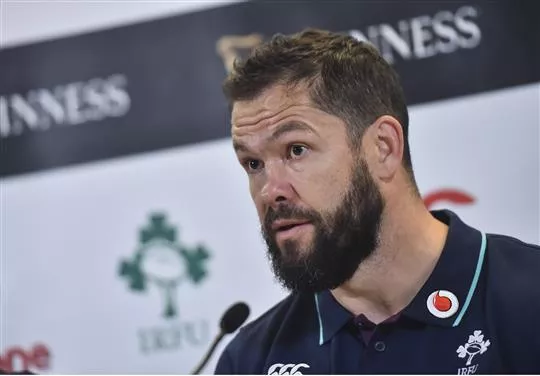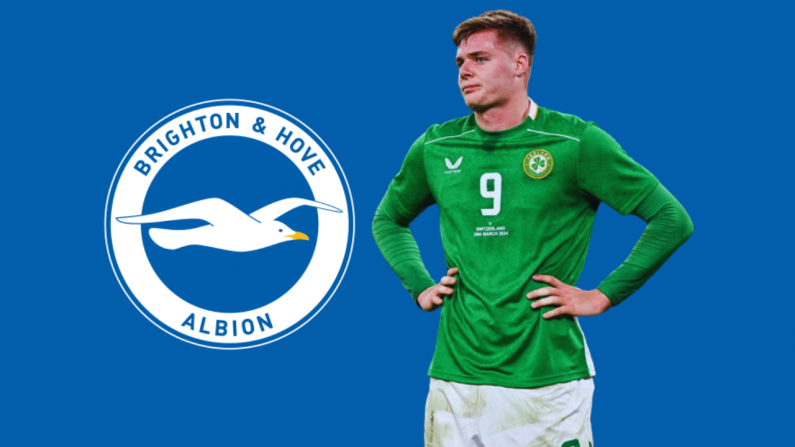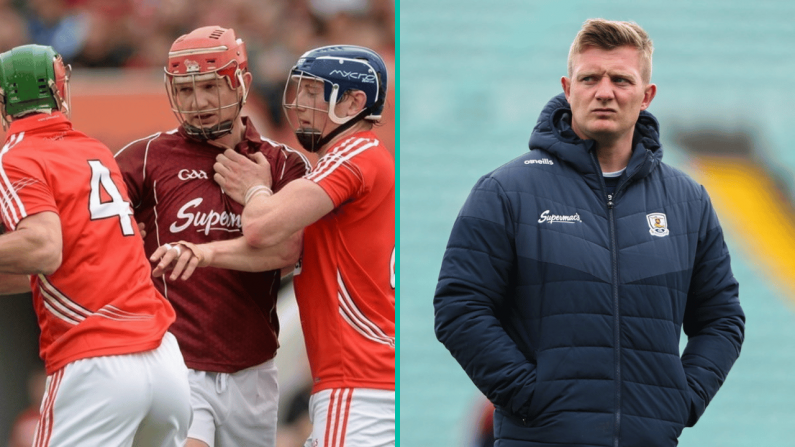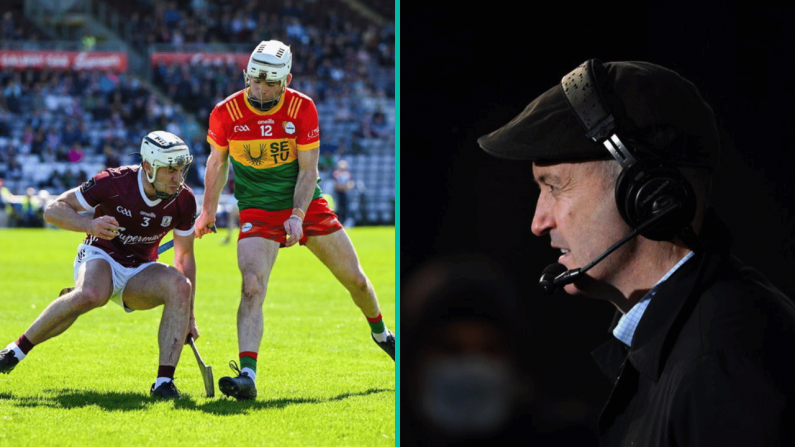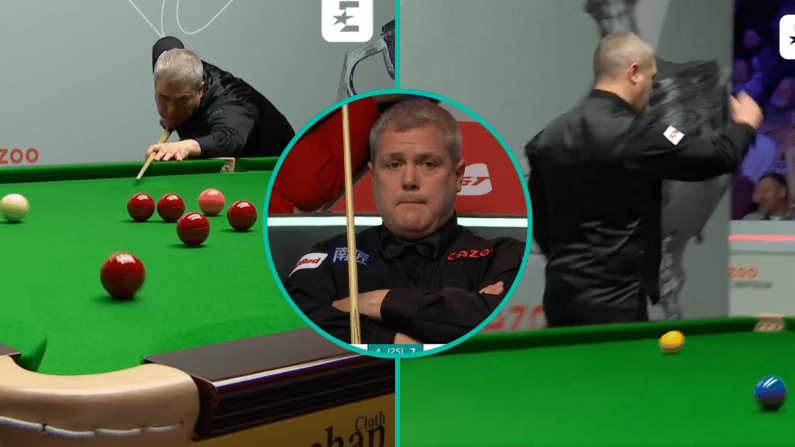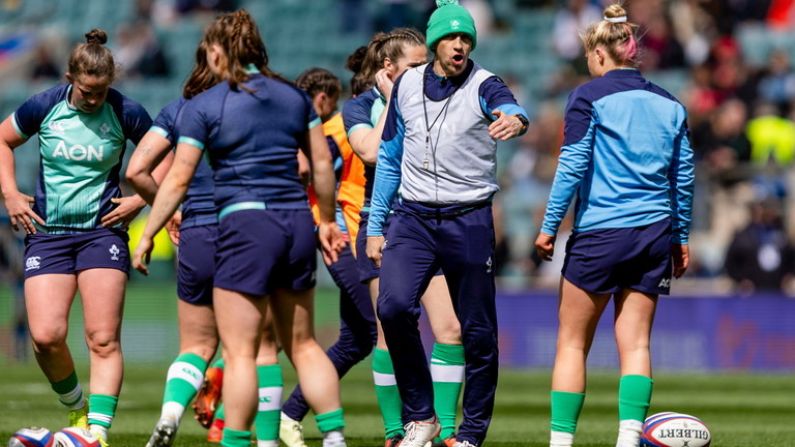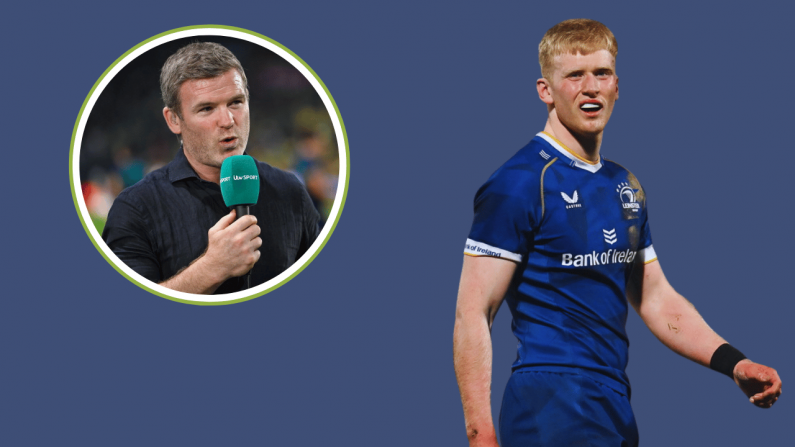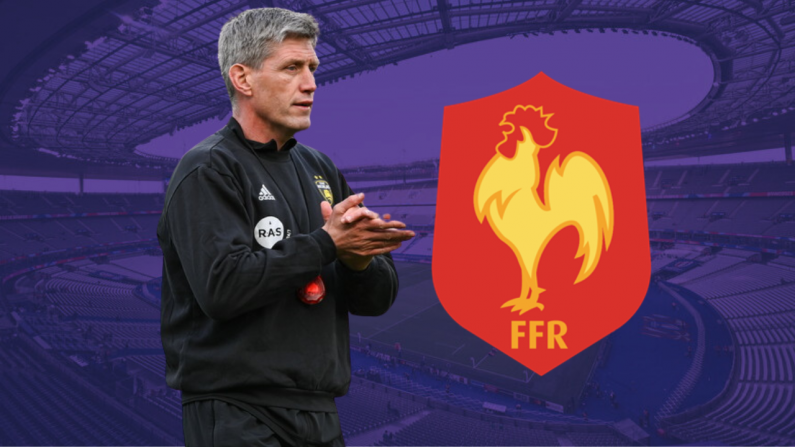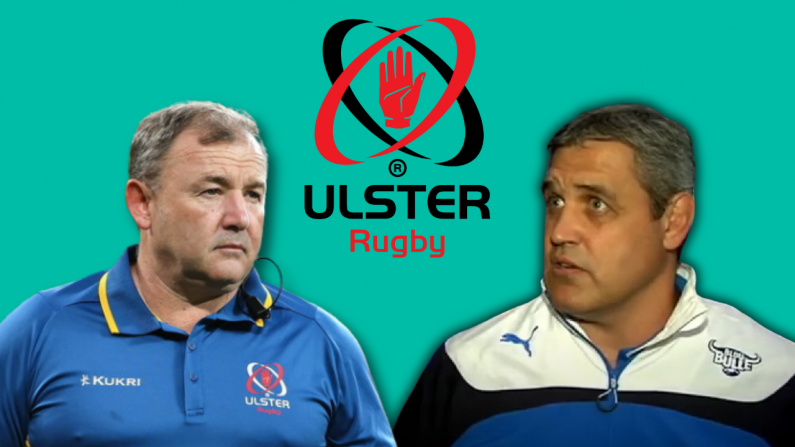Ireland’s historic win over New Zealand at Solider Field, coupled with the hammering of Canada back on Irish soil, generated a public optimism surrounding the camp that had waned somewhat in 2016, bar a brief interlude for euphoria for the win over South Africa in Cape Town last June.
However, these streaks of optimism can be short lived if results aren’t backed up.
If you look across the Irish Sea to Eddie Jones’ England, the consistency of a Grand Slam tour win over Australia and as yet unbeaten November series has put them in a position where winning has become routine. Even during the high points of 2014 and 2015 Six Nations Championship victories, Ireland have never managed that level of consistency, and you would think to truly believe that Joe Schmidt’s team are in the All Blacks, England and Australia bracket of quality, they need to beat the last of that trio this weekend.
In order to do there are a number of elements that Ireland must improve upon from last weekend’s ultimately disappointing second Test against New Zealand. Yes, Malakai Fekitoa should have seen red for his clothesline tackle on Simon Zebo, but Ireland still could have seen that game home - red cards or not.
1 Defensive line
The defensive system that looked so cocksure against New Zealand in Chicago was not so against either Canada or in the second All Blacks Test.
Three tries conceded against Canada set off the warning bells, which went under the radar, as it was essentially the Ireland second team. But that was repeated against New Zealand - and from very fixable errors. A sucked in defence for try number one, which left acres of space on the left flank for Fekitoa to expose was a feature of Ireland’s defence throughout the game as the ABs sucked Ireland in with the home team overcommitting numbers to the breakdown. Righting that is a priority on Saturday.
Similarly for the second try from Beauden Barrett Ireland were at sea in defence, defending a five-man AB line with four in defence, forcing Conor Murray to cover both half-back slots.
Australia are equally dangerous to New Zealand in the backfield and like to play in an offloading scenario to stretch the defence. Ireland will concede similar tries to Barrett’s this weekend if the line is not correctly addressed from set-pieces and also off the breakdown.
2 Stop the half-backs
The Australian half-back pairing of Will Genia and Bernard Foley is the key to the Wallabies high-tempo style. Stop them and you go a long way towards nullifying their game. Murray gave a towering performance in the tackle on his opposite number Aaron Smith in the first New Zealand Test and he needs to repeat it this time out on Genia.
Couple that with Sean O’Brien and Jamie Heaslip getting up into the grills of Genia and Foley and the production line out wide will suffer for the visitors. Combine this with the correctly aligned defensive structure further out in the backfield and Ireland will have Australia nullified.
3 Paddy Jackson
Ireland have become heavily reliant on Johnny Sexton to implement their attacking game plan. There is no guarantee that Sexton will be there to fill the 10 jersey at the next World Cup – although it’s very much hoped his hamstrings and other consistent injury problems will be manageable until then. But Ireland need a back-up No 10 that can be sure-fire.
Jackson showed glimpses of being able to provide this on the tour to South Africa last summer but he was off form last weekend. He struggled to get a grip on the attacking game and his kicking out of hand – most notably in handing possession directly to Ben Smith for the All Blacks third try – was poor. If he fails to fire on Saturday, you feel that Ireland are going to struggle.
4 Two-Story Rory
Rory Arnold is loving every minute as a #Wallaby. #SCOvAUS #StrongerAsOne https://t.co/PEvfSXvK4Z
— Wallabies (@wallabies) November 9, 2016
In the second row Australia have selected the 6’10” Rory Arnold, or Two-Story Rory. The Brumbies lock is going to be a tough competitor for Devin Toner at the lineout. Ireland have had a handy time in this department this autumn with Toner dominating his own ball and providing a platform to attack off. The same is required this weekend but Ireland can also use Toner’s height to disrupt or attempt to disrupt ball thrown to Arnold. It will slow up ball off the top of the set-piece and stop the slick Aussie backline from getting quick distribution.
5 David Pocock v Sean O’Brien
Pocock v O'Brien coming soon... https://t.co/iiEhfpEcB6
— Gavin Cummiskey (@Cumoski) November 23, 2016
Possibly the two best back rows in the game will go toe-to-toe on Saturday. David Pocock has been moved to No 8 for the encounter, with Michael Hooper filling the openside slot, but Pocock’s role of breakdown pest will continue. He is going to be tasked with getting early to the ruck and spoiling Irish setups, trying to force turnovers and penalties.
O’Brien is the man to stop this. The Tullow Tank was involved in 40 rucks against New Zealand last weekend and will again be focused on this facet this weekend. This will be a one-on-one battle to see who can prove the best securer and poacher of the ball and with it provide one of the key platforms in the game.
6 Exploit the fringes
Australia had fissures in defence around the breakdown against France last week. Schmidt will have seen this and Ireland are going to need to test Australia in this area early on. Expect the likes of Iain Henderson and CJ Stander to attempt to punch holes here early on with O’Brien and Heaslip feeding off them.
Another tactic France used to great effect was a quick pop to the 12 channel, and running a hard, straight line past the ruck. This will be Garry Ringrose’s role this week.
Ireland will need to test this area in the first quarter and see if Australia have rectified those problems; if they have Ireland must then adopt a plan B and move the focus of play wider, potentially switching back to the fringe attack later in the tie when tired legs could leave gaps to exploit.
7 Finishing ability
The biggest problem with Ireland as a team last weekend was in attack. We’ve written about it at length this week already and it’s going to be fascinating to see if Schmidt has corrected this problem on the training paddock at Carton House this week.
Ireland were blunt going forward, the running was too direct without enough invention, and lacked set-plays to unlock a backline packed with forwards.
Couple this with an eradication of basic handling and support-play errors and Ireland have the platform they need. These elements of Ireland’s play have been evident since the start of 2016 when Ireland adopted their new more expansive game plan. The improvement had been steady until last week, when their attack game took a step backwards to 2015. The attacking structure last weekend was more akin to the style Ireland adopted at the last Rugby World Cup; a lot of this was down to New Zealand’s awesome defence but you get the distinct feeling that Ireland will need to think a little more outside to box to outfox Michael Cheika’s Wallabies.



